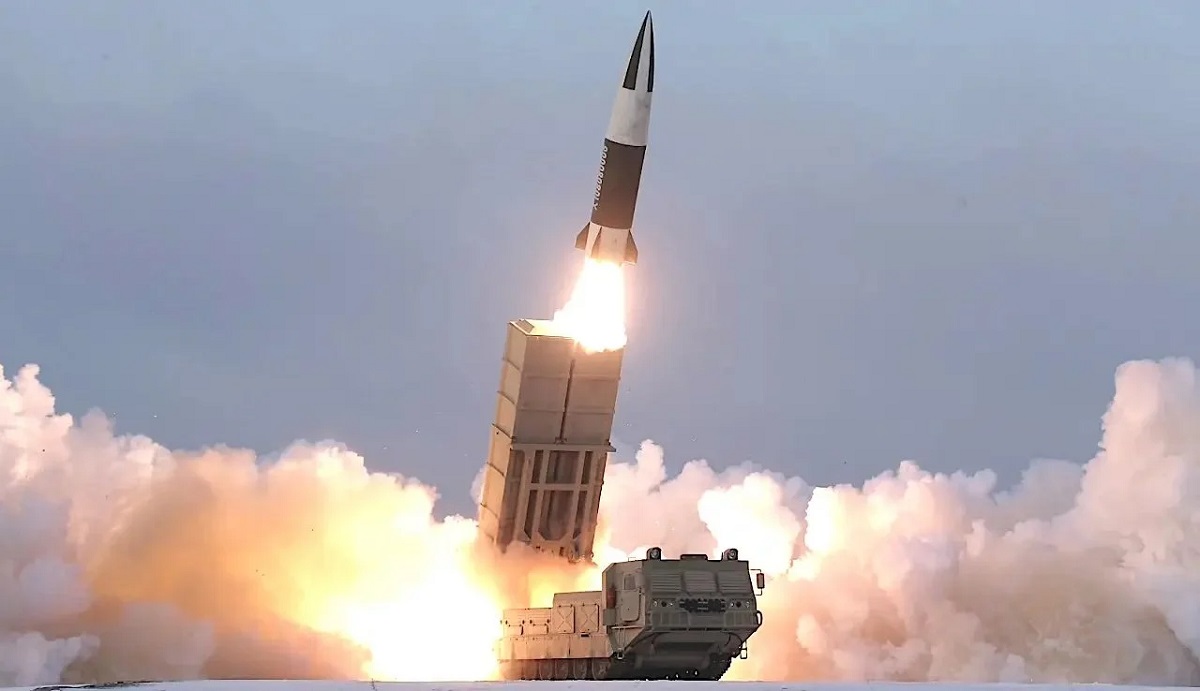Reuters: almost half of North Korea's KN-23 missiles fired by Russia at Ukraine missed their targets and exploded in mid-air

In late December 2023, Russia began using missiles provided by North Korea against Ukrainian cities.
This fact alarmed the international community, as such cooperation between the two authoritarian regimes meant the end of almost two decades of consensus among the permanent members of the UN Security Council on preventing the DPRK from expanding its ballistic missile and nuclear weapons development programme.
But it turned out that, like artillery shells, missiles from Korea have shown little effectiveness in combat conditions.
Here's What We Know
Ukraine's Attorney General Andriy Kostin said in a Reuters exclusive that about half of the Korean missiles failed to reach their targets and exploded in mid-air.
After examining the wreckage of 21 of just over 50 North Korean Hwasong-11 ballistic missiles, which are labelled KN-23 in the West, Ukrainian experts have stated that this munition is not only significantly inferior to its Western counterparts, but also less effective than Russian ballistic missiles.
However, this does not cancel the fact that the Korean missiles still pose a deadly danger to Ukrainians, especially since Russia uses them to strike civilian objects and critical infrastructure. According to prosecutor Kostin, 24 people have been killed and 115 injured in attacks by Korean missiles, the first of which was recorded on 30 December 2023. The last recorded KN-23 missile launch on Ukraine was on 27 February.
Flashback
The Hwasong-11 (KN-23) missile is a tactical solid-fuelled ballistic missile.
It has the following specifications:
- length: 7.5 m (early variant) and 9.8 m (late variant);
- diameter: 0.95 m;
- mass: 3.5 tonnes;
- warhead: less than 500kg;
- maximum recorded launch range: up to 690 km.
This missile bears an external resemblance to the Russian Iskander-M missile, but it is significantly larger. Due to its mobility and solid-fuelled engine, the KN-23 can be moved and launched quickly, making it difficult to detect and intercept before firing.
Source: Reuters